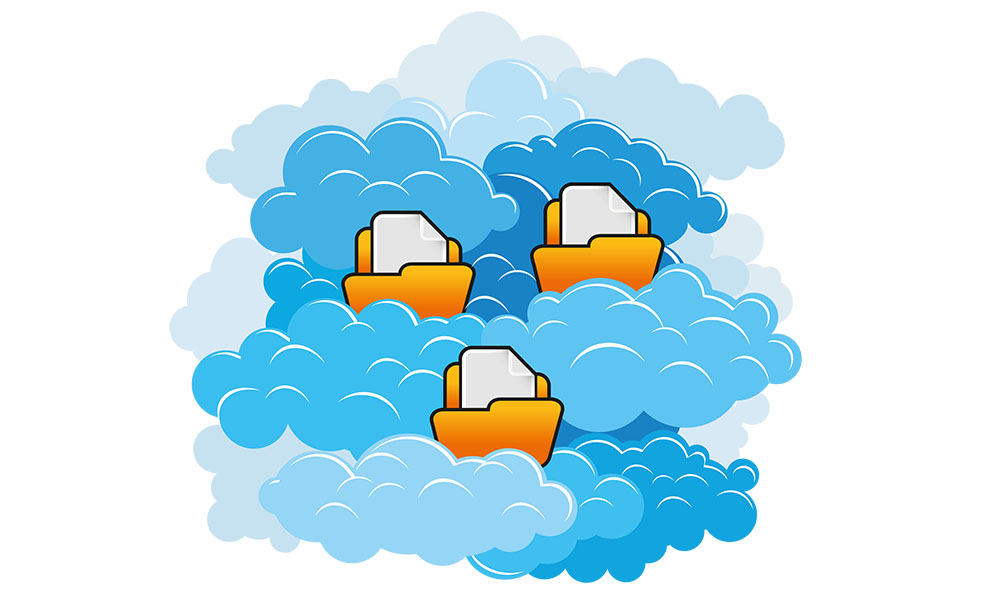Decentralisation may come to be the defining feature of the 21st century and it is already making a huge impact in both the personal and the business worlds. We’ve already seen the cloud become a mainstay of both enterprise and personal computing, now we’re seeing the advance of fog computing to make it even more efficient. Add blockchain into the mix and you arguably have the most robust decentralised system currently available.
Making the most of fog
Cloud computing was basically all about getting data off devices and onto servers. It has two key advantages. Firstly, data in the cloud can be accessed from anywhere and, secondly, cloud computing allows data to be collected on (relatively) low-spec devices and then processed on much more powerful servers.
It does, however, suffer from two disadvantages, both of which relate to the need to pass data from one machine to another. The first is that this takes time. Just how much time it takes depends on a number of factors, but there is always some sort of time delay. Secondly, transporting data creates security issues that need to be resolved and this can cause further delay.
Fog computing aims to make cloud computing quicker by creating data hubs (essentially mini data processing centres), which are hosted in smart devices such as routers and which take on some of the data-processing burdens. Basically, they perform the less demanding tasks, producing their results relatively quickly, while the more demanding tasks are performed by servers in the cloud.
Fog computing is not edge computing
In edge computing, individual smart devices make their own decisions over whether to process data themselves or to send it to the cloud. This is both the advantage and the disadvantage of edge computing as compared to fog computing.
On the one hand, edge computing takes the concept of decentralisation even further than cloud computing and so, in principle should be even more robust as it is less susceptible to the loss of a single point of failure.
On the other hand, having each device manage itself and report to the cloud creates more complexity than having them report to a smart hub and, not only is complexity usually best avoided when possible, it may also negatively impact the potential for easy scalability.
Fog computing and blockchain
While fog computing in itself does not solve the security issues inherent in data transportation and hence distributed computing, the use of blockchain can do exactly that.
Blockchain essentially applies a digital fingerprint to data and that digital fingerprint remains on the data for as long as the data exists. It, therefore, provides a superb means of securing data transmitted between entities on a distributed network.
What’s more, as blockchain becomes more widely recognised as being distinct from Bitcoin and any other cryptocurrencies, it is to be hoped that legal bodies and regulators will set down a framework to provide recognition for the security it offers and thus, potentially, greatly expand the situations in which it can be used.

